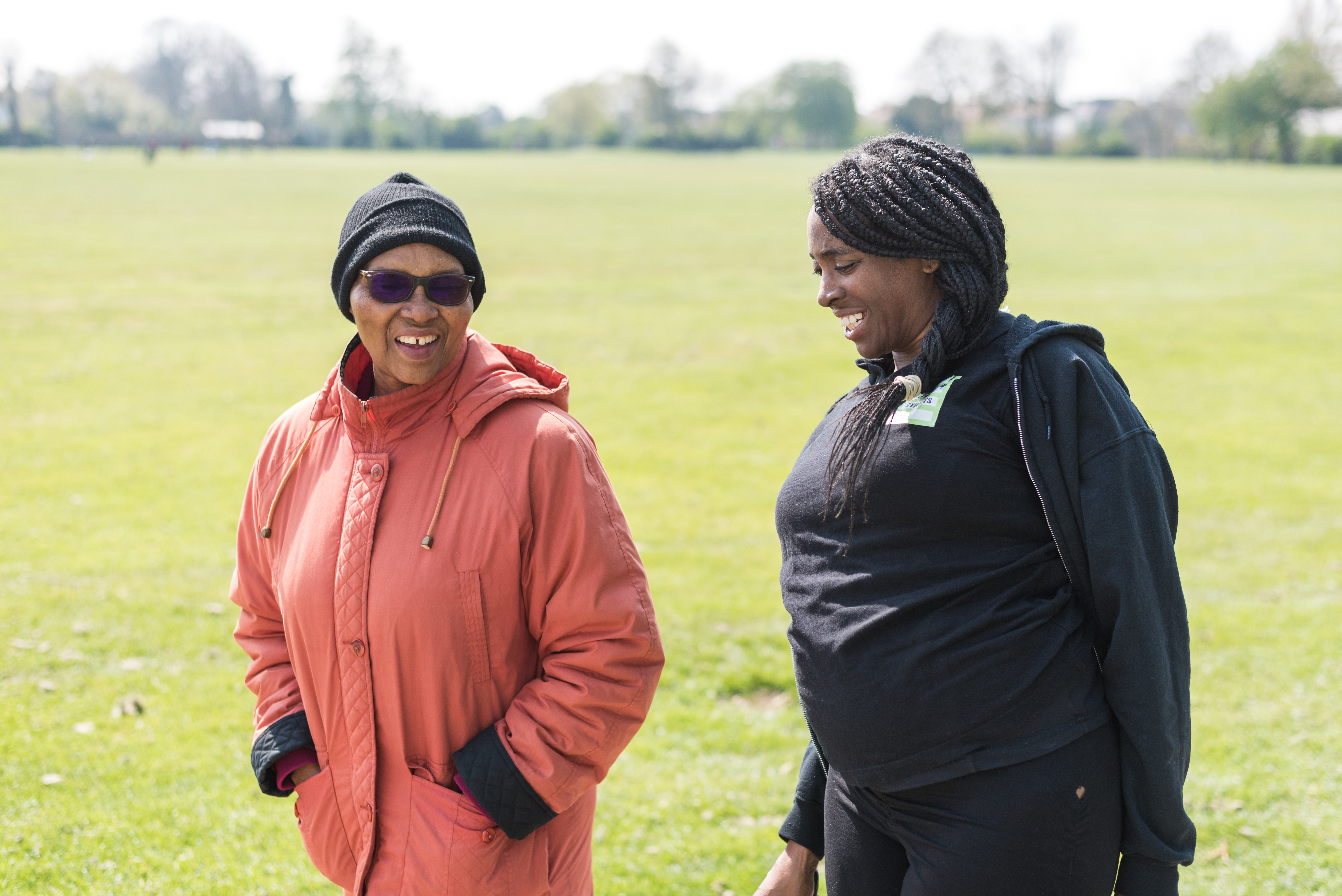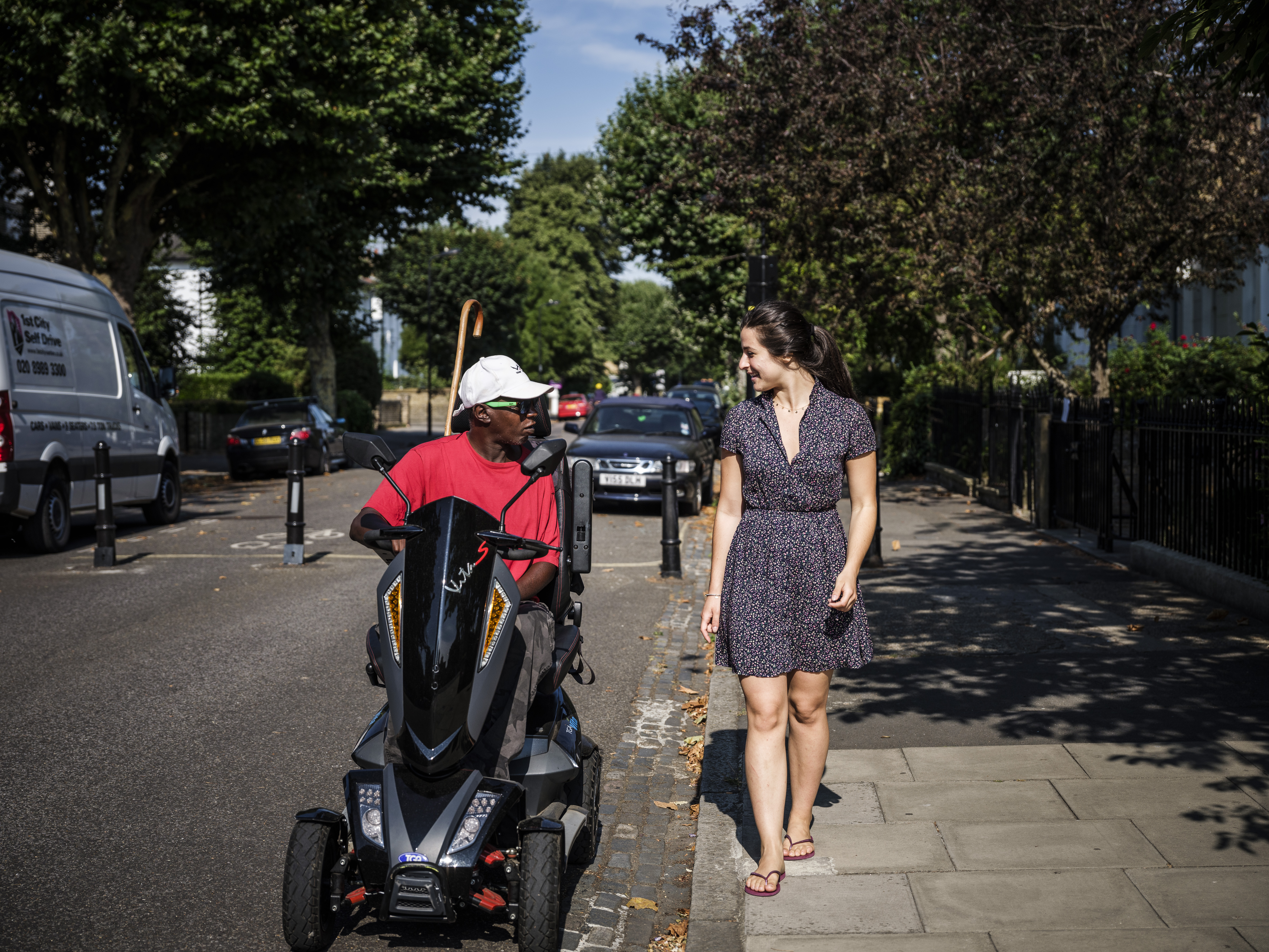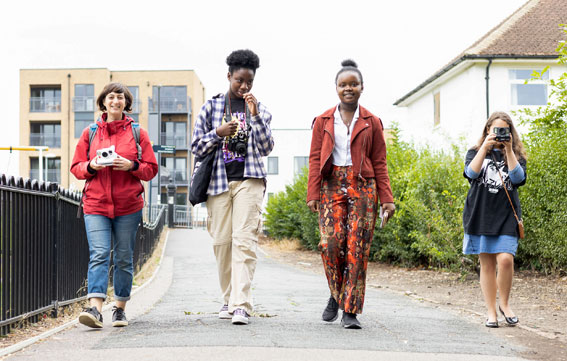WHAT WOULD IT TAKE TO BUILD THE CITY OF OUR DREAMS?
Amy Foster, our Coordinator of Croydon Living Streets, outlines the key points from the group's webinar on 24 January 2022 entitled 'Change Is Here'.
Terms like the 20-minute or liveable neighbourhood have become central to much of Living Streets' campaign goals. This goal must mirror many of the conversations we've all had with friends and neighbours over the last year.
Hearing birdsong on our streets, exploring our communities on foot and seeing children play on quietened streets were things many of us enjoyed during lockdown last year.


Yet, it seems we are already at risk of losing these experiences as our streets become louder once more as traffic volumes rapidly return to - and shoot past - pre-lockdown levels.
How then to ensure our towns move closer to the goal of a 20 minute city, where walking those short journeys which link our parks, High Streets and homes is pleasurable, safe and accessible?
What as this post's title asks, would it take to build the city of our dreams?
This was one of the questions we asked the attendees of our recent webinar, Change is Here. We were building on a conversation started the year before at a different webinar, when we were still in lockdown and it was unclear how our lives would change as we emerged from the worst of the pandemic.
THRIVES is a model of sustainable urbanism that centres equity, inclusivity and sustainability as core elements of a healthy built environment. These strands were also integral to the experiences our speakers shared at our webinar as they described how decision-making could be made with and by communities rather than for them.
Dr Niamh Mcgarry and Nikita Sinclair described how equity was embedded in the approach they used to learn about how residents in Southwark felt about changes to their community as part of a wider Healthy Streets programme.
For them, hiring community engagement champions who were paid a salary emphasised that their champions played a respected and valuable role in helping the local authority learn about how people experienced change.
heir aim was to overcome the barriers residents may encounter when consultation processes require time through in-person meetings at predefined space or indeed or happen only in online fora. This approach revealed how difficult sudden change can be when so many residents feel so connected to their local area.
Niamh and Nikita explained how their data revealed longer-term residents were more likely to feel the changes had had a detrimental effect whereas newer residents viewed the changes more positively.
Inclusivity was central to the work of Councillor Eve Holt, who spoke about her work as Strategic Director at Greater Manchester Moving where they’d run a Big Co-Production Conversation.
Eve explained how storytelling, empathy and respect were critical to creating the kind of spaces within which change could be made by and for a community as we work towards healthier and more active lifestyles for all.

Photo taken from Croydon Living Streets Group's project, Our Voices, Our Streets, run in partnership with Stanley Arts
We also heard from Nailla Majid, a ride leader with Cycle Sisters in Waltham Forest, who described how unhappy she was when Waltham Forest council started on their Mini-Holland project as she was dependent on her car to get around with three children with special needs.
She described the power she felt when she saw a group of women in Islamic dress ride past and realising that cycling was something that someone who looked like her could do too.
Nailla added how the Sisters had been able to grow and be so successful thanks to the support from the council, who loaned bikes and space for them to meet and train riders. She also added that she’s hoping for a new ‘beyond-the-bicycle’ hire scheme to start so she can cut down her driven trips even further.
Councillor Clyde Loakes shared how having a high-quality walking and cycling network in place means the council’s improvement programme is sustainable as more and more residents get to see what change means and start to work with their friends and neighbours to call for change of their streets too.
But as Dr Simon Kaye emphasised, sustainable communities are those where residents feel empowered to build connections with one another and work out together how they can use the wealth of knowledge they hold about where they live. By proactively building networks around causes which matter to our communities, we can strengthen and support our communities as we work towards the neighbourhood of our dreams.

About the author
Amy Foster
Croydon Living Streets Group